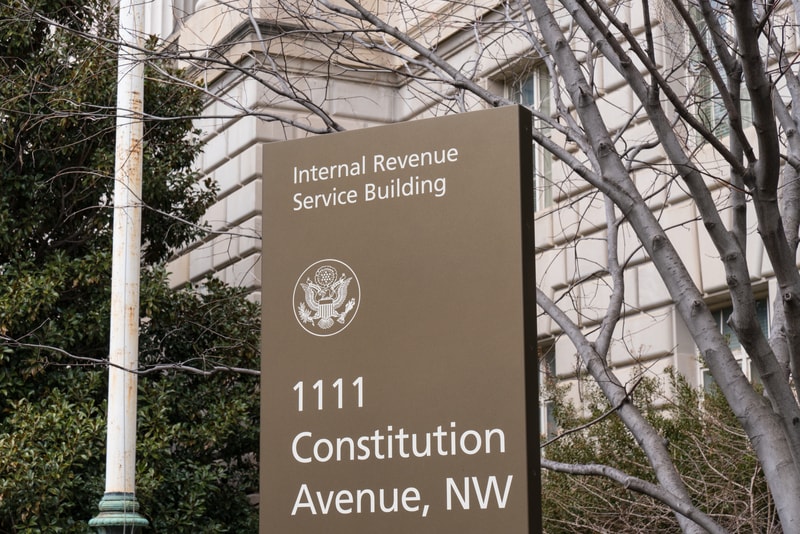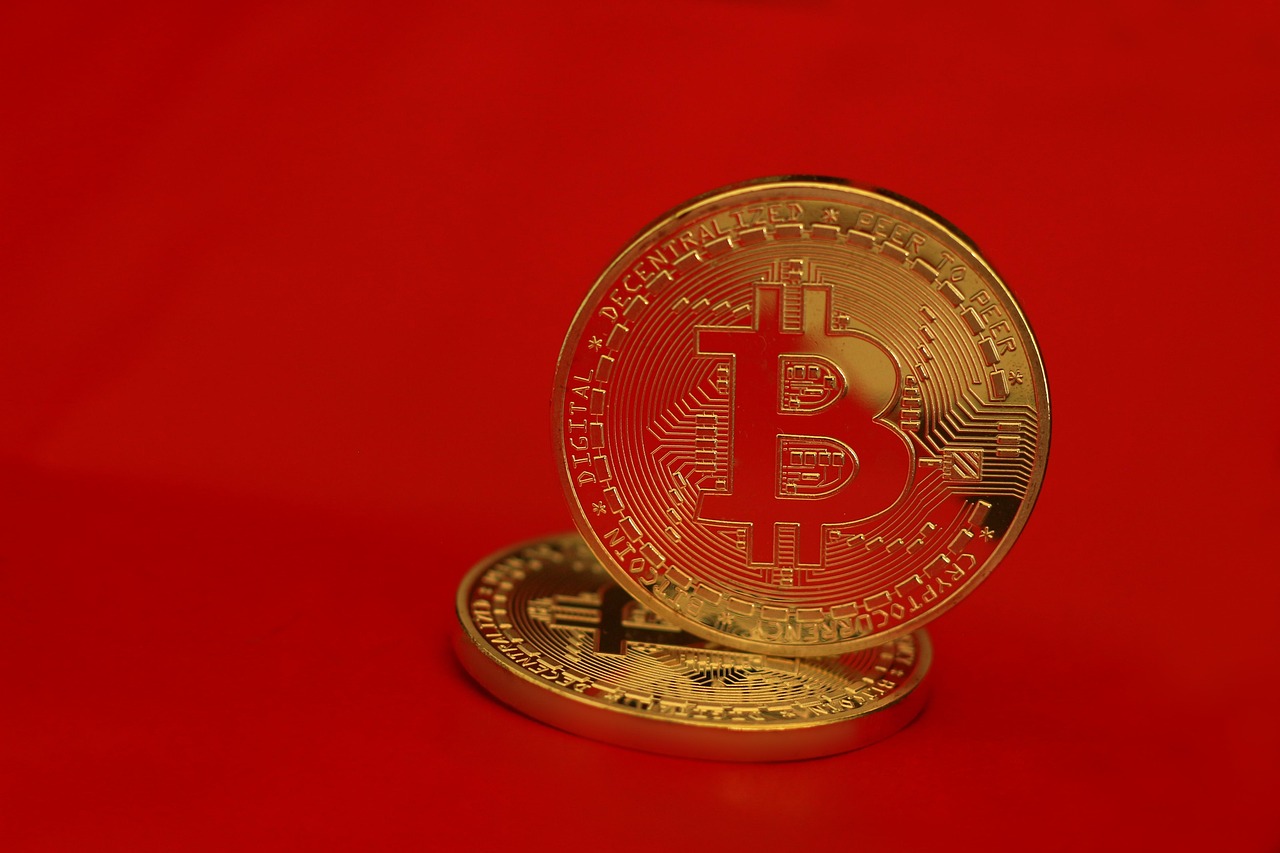Indian Rupee rebounds from all-time low as RBI likely sold US Dollars

- The Indian Rupee bounces back to near 88.80 against the US Dollar, even as the Greenback trades firmly.
- India’s Commerce Minister Goyal stated that New Delhi will increase energy imports from the US.
- Fed’s Daly supports more interest rate cuts.
The Indian Rupee (INR) opens on a slightly positive note against the US Dollar (USD) on Thursday. The USD/INR pair corrects to near 88.80 from the all-time high of 89.12 posted on Wednesday. According to a report from Reuters, the Reserve Bank of India (RBI) is likely to have sold US dollars to support the Indian Rupee.
However, the outlook of the pair remains firm as the continuous outflow of foreign funds from the Indian stock market in the wake of higher tariffs by the United States (US) on imports from India will keep the Indian Rupee on the back foot.
On Wednesday, Foreign Institutional Investors (FIIs) sold shares worth Rs. 2,425.75 crores in the Indian equity market. So far in September, FIIs have pared stake worth Rs. 19,458.68 crores.
Overseas investors have been relentlessly dumping their stake in Indian markets amid trade tensions between the US and India, which escalated after Washington increased tariffs on imports from New Delhi to 50% for buying Oil from Russia.
Meanwhile, India’s Commerce and Industry Ministry Piyush Goyal has visited the US to extend trade talks with top negotiators from Washington, which concluded on a positive note in New Delhi in the third week of this month.
According to a video posted by ANI, India’s Commerce Minister Goyal has stated in Washington that New Delhi would increase its trade with the US on energy products in the years to come.
Apart from the imposition of higher tariffs by the US on imports from India, the announcement of an increase in H-1B visa fees by Washington has also weighed heavily on the Indian Rupee. Given the significant dependence of Indian IT firms on business from the US, the overhaul of the H-1B visa fee structure will hit their margins badly.
The table below shows the percentage change of Indian Rupee (INR) against listed major currencies today. Indian Rupee was the strongest against the Swiss Franc.
| USD | EUR | GBP | JPY | CAD | AUD | INR | CHF | |
|---|---|---|---|---|---|---|---|---|
| USD | -0.01% | -0.02% | -0.03% | 0.00% | -0.15% | -0.12% | 0.04% | |
| EUR | 0.00% | -0.03% | -0.05% | 0.00% | -0.11% | -0.12% | 0.04% | |
| GBP | 0.02% | 0.03% | 0.00% | 0.03% | -0.11% | -0.08% | 0.11% | |
| JPY | 0.03% | 0.05% | 0.00% | 0.01% | -0.13% | -0.07% | 0.08% | |
| CAD | -0.00% | -0.00% | -0.03% | -0.01% | -0.12% | -0.08% | 0.08% | |
| AUD | 0.15% | 0.11% | 0.11% | 0.13% | 0.12% | 0.05% | 0.17% | |
| INR | 0.12% | 0.12% | 0.08% | 0.07% | 0.08% | -0.05% | 0.17% | |
| CHF | -0.04% | -0.04% | -0.11% | -0.08% | -0.08% | -0.17% | -0.17% |
The heat map shows percentage changes of major currencies against each other. The base currency is picked from the left column, while the quote currency is picked from the top row. For example, if you pick the Indian Rupee from the left column and move along the horizontal line to the US Dollar, the percentage change displayed in the box will represent INR (base)/USD (quote).
Investors await US Durable Goods Orders, Initial Jobless Claims data
- The corrective move in the USD/INR appears to be driven by a pullback move in the Indian Rupee on the upside, as the US Dollar trades firmly near its almost two-week high.
- The US Dollar Index (DXY), which tracks the Greenback’s value against six major currencies, holds onto gains near Wednesday’s high around 97.90.
- The US Dollar exhibits strength as Federal Reserve (Fed) Chair Jerome Powell has suggested a measured approach to further interest rate cuts as inflationary pressures remain well above the central bank’s target of 2%.
- Fed Powell’s comments signaled on Tuesday that the monetary policy path will remain on the downside amid growing US labor market concerns. However, he advised caution on further interest rate cuts as near-term risks to inflation are tilted on the upside.
- On Wednesday, San Francisco Federal Reserve Bank President Mary Daly also supported the need to reduce interest rates further to support labor market, but refrained from committing a timeframe. “It is hard to say if further rate cuts will come now, later this year, or when, but we have work to do on inflation, and we don’t want the labor market to get weak,” Daly said.
- In the monetary policy announcement last week, the Fed reduced interest rates by 25 basis points (bps) to 4.00%-4.25% and signaled that the Federal Fund Rate could slide to 3.6% by the year-end.
- For fresh cues on inflation, investors await the US Personal Consumption Expenditure Price Index (PCE) data for August, which will be released on Friday.
- In Thursday’s session, investors will focus on US Durable Goods Orders for August, Initial Jobless Claims, and revised Q2 Gross Domestic Product (GDP) data, which will be published at 12:30 GMT.
Technical analysis: USD/INR stays above 20-day EMA
USD/INR retraces to near 88.80 from its all-time high of around 88.10 posted on Wednesday. The upward-sloping 20-day Exponential Moving Average (EMA) near 88.30 signals more upside in the pair.
The 14-day Relative Strength Index (RSI) stays above 65.00, suggesting a strong bullish momentum.
Looking down, the 20-day EMA will act as key support for the major. On the upside, the round figure of 90.00 would be the key hurdle for the pair.
Tariffs FAQs
Tariffs are customs duties levied on certain merchandise imports or a category of products. Tariffs are designed to help local producers and manufacturers be more competitive in the market by providing a price advantage over similar goods that can be imported. Tariffs are widely used as tools of protectionism, along with trade barriers and import quotas.
Although tariffs and taxes both generate government revenue to fund public goods and services, they have several distinctions. Tariffs are prepaid at the port of entry, while taxes are paid at the time of purchase. Taxes are imposed on individual taxpayers and businesses, while tariffs are paid by importers.
There are two schools of thought among economists regarding the usage of tariffs. While some argue that tariffs are necessary to protect domestic industries and address trade imbalances, others see them as a harmful tool that could potentially drive prices higher over the long term and lead to a damaging trade war by encouraging tit-for-tat tariffs.
During the run-up to the presidential election in November 2024, Donald Trump made it clear that he intends to use tariffs to support the US economy and American producers. In 2024, Mexico, China and Canada accounted for 42% of total US imports. In this period, Mexico stood out as the top exporter with $466.6 billion, according to the US Census Bureau. Hence, Trump wants to focus on these three nations when imposing tariffs. He also plans to use the revenue generated through tariffs to lower personal income taxes.





